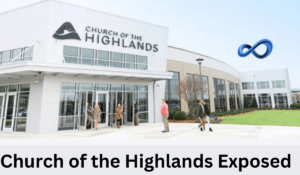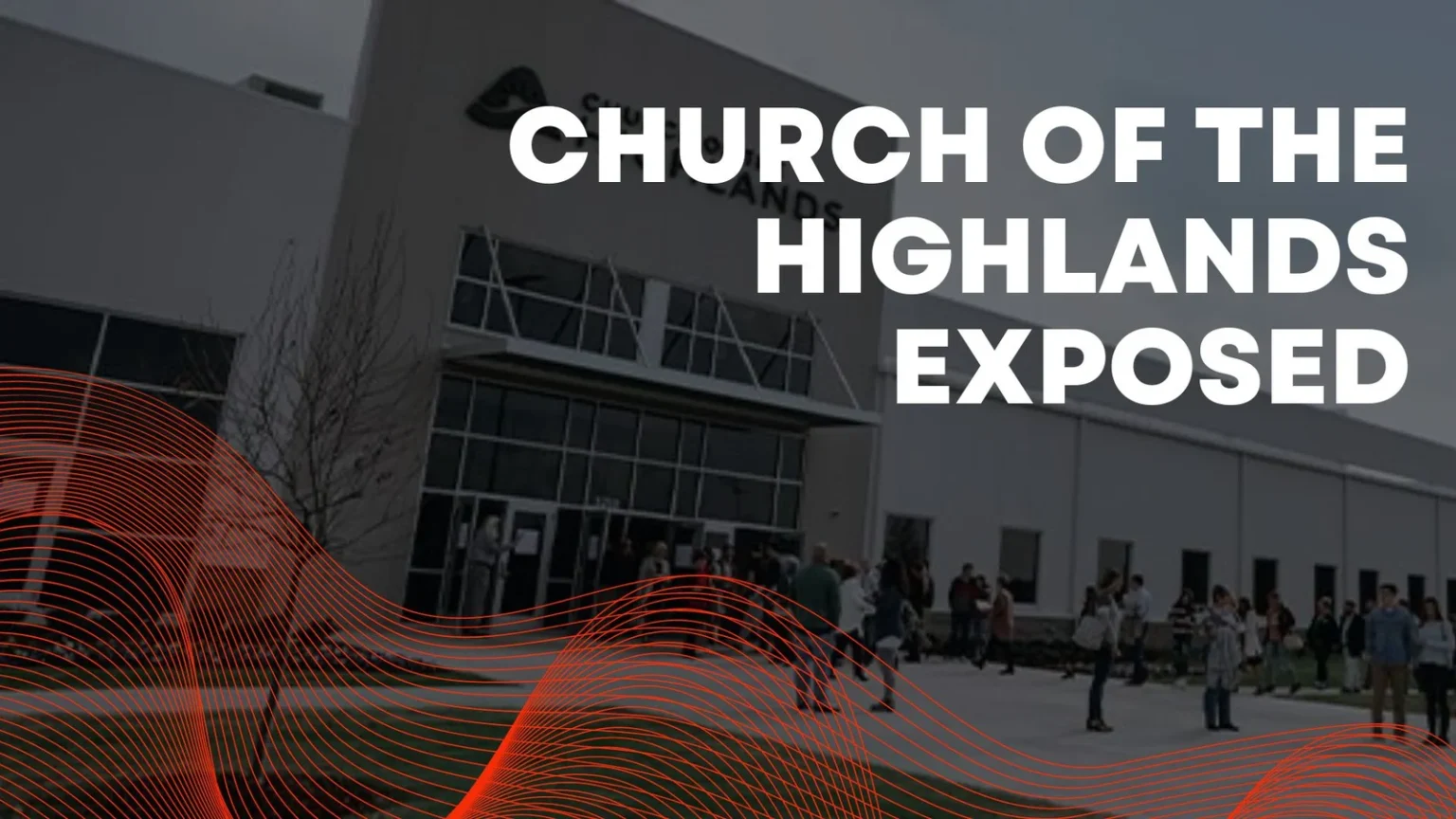Church of the Highlands Exposed A Comprehensive Examination
Introduction to Church of the Highlands Exposed
The Church of the highlands exposed, based in Birmingham, Alabama, is one of the largest and fastest-growing churches in the United States. Founded in 2001 by Pastor Chris Hodges, the church has expanded its reach to multiple campuses across the state and boasts an average weekly attendance of over 60,000 people.
Despite its impressive growth and widespread influence, the Church of the highlands exposed has not been without controversy. This article aims to delve into the various aspects of the church, both positive and critical, to provide a well-rounded perspective.
The Rise of the Church of the Highlands
From its humble beginnings, the Church of the highlands exposed has grown exponentially. Pastor Chris Hodges started the church with a clear vision: to help people connect with God in a contemporary, welcoming environment. The church’s growth strategy included dynamic worship services, practical teaching, and a strong emphasis on small groups and community involvement. This approach resonated with many, leading to rapid expansion.
The Church of the highlands exposed success can also be attributed to its use of technology and modern communication methods. Online sermons, social media engagement, and a strong digital presence have allowed the Church of the Highlands to reach a broader audience. Additionally, the Highlands College, an institution established to train future church leaders, has further cemented its influence in the evangelical community.
Controversies and Criticisms
Despite its popularity, the Church of the highlands exposed has faced several controversies. Critics have raised concerns about its governance, financial transparency, and social stances. Here are some key areas of contention:
1. Governance and Accountability
One major area of concern is the church’s governance structure. The Church of the Highlands operates under a leadership model where senior pastors hold significant control, raising questions about accountability and transparency. Critics argue that this can lead to a lack of checks and balances, potentially allowing for misuse of power.
2. Financial Transparency
Another significant criticism revolves around the church’s financial practices. As a nonprofit organization, the Church of the Highlands is not required to disclose its financial details publicly. This lack of transparency has led to suspicions and allegations regarding the management of donations and overall financial stewardship.
3. Social and Political Stances
The church’s stance on various social and political issues has also been a point of contention. The Church of the highlands exposed has been criticized for its conservative views on issues such as LGBTQ+ rights and racial justice. In 2020, Pastor Hodges faced backlash for liking social media posts that were considered racially insensitive, leading to public outcry and the loss of partnerships with local organizations.
Impact and Influence
Despite these controversies, the Church of the highlands exposed continues to have a significant impact on its community and beyond. The church is heavily involved in various outreach programs, including food drives, disaster relief efforts, and support for local schools and nonprofits. These initiatives have positively impacted thousands of lives and have fostered a sense of community among members.
The church’s small group model has also been influential, encouraging members to form close-knit communities that provide support and accountability. This model has been replicated by many other churches seeking to create similar connections among their congregants.
The Future of the Church of the Highlands
 As the Church of the highlands exposed looks toward the future, several factors will play a crucial role in shaping its trajectory. These include leadership transitions, responses to criticism, continued community engagement, and evolving societal expectations.
As the Church of the highlands exposed looks toward the future, several factors will play a crucial role in shaping its trajectory. These include leadership transitions, responses to criticism, continued community engagement, and evolving societal expectations.
1. Leadership Transitions
Leadership stability is often a key factor in the longevity and effectiveness of large organizations. Pastor Chris Hodges has been at the helm since the church’s inception, and his leadership has been instrumental in its growth. However, as with any organization, succession planning is essential. The church will need to ensure that future leaders uphold its vision and values while also potentially bringing fresh perspectives and strategies to address contemporary challenges.
2. Responses to Criticism and Calls for Transparency
The controversies and criticisms faced by the Church of the highlands exposed the importance of transparency and accountability. Moving forward, the church could benefit from adopting more open financial practices and implementing governance structures that enhance accountability. By addressing these concerns proactively, the church can build greater trust with its members and the broader community.
Moreover, how the church addresses social issues will be crucial. In an increasingly polarized society, the church’s stance on issues such as racial justice, LGBTQ+ rights, and political engagement will be closely scrutinized. Adopting a more inclusive approach and engaging in open dialogue with critics could help mitigate some of the tensions and foster a more welcoming environment for all.
3. Continued Community Engagement
One of the Church of the highlands exposed strengths is its commitment to community service. Continued investment in local and global outreach programs will be vital in maintaining its positive impact. The church’s involvement in disaster relief, educational support, and poverty alleviation efforts not only helps those in need but also reinforces the church’s mission and values.
Expanding these efforts and partnering with other organizations can amplify their impact. Collaborative initiatives with local governments, nonprofits, and other faith-based groups could lead to more comprehensive solutions to community challenges.
4. Evolving Societal Expectations
Society is continuously evolving, and so are the expectations of religious institutions. The Church of the Highlands will need to remain adaptable and responsive to these changes. This includes embracing technology to enhance engagement, offering support for mental health and well-being, and addressing environmental concerns.
The church’s ability to innovate while staying true to its core mission will determine its relevance in the coming years. Programs that address contemporary issues, such as job training, mental health counseling, and environmental stewardship, could attract a broader audience and demonstrate the church’s commitment to holistic community care.
Conclusion
The Church of the highlands exposed remains a prominent and influential institution within the American evangelical landscape. While it has faced its share of criticisms and controversies, it has also positively impacted many lives through its outreach programs and community initiatives. Understanding the full scope of the Church of the Highlands requires a nuanced perspective, acknowledging both its contributions and its challenges.
As with any large organization, especially one as impactful as the Church of the Highlands, it is crucial to maintain a balanced view. This includes holding the church accountable where necessary, while also recognizing the positive changes it brings to its community. The future of the Church of the Highlands will likely continue to be a mix of both scrutiny and praise as it navigates its path forward.
Also Read: 02045996818

